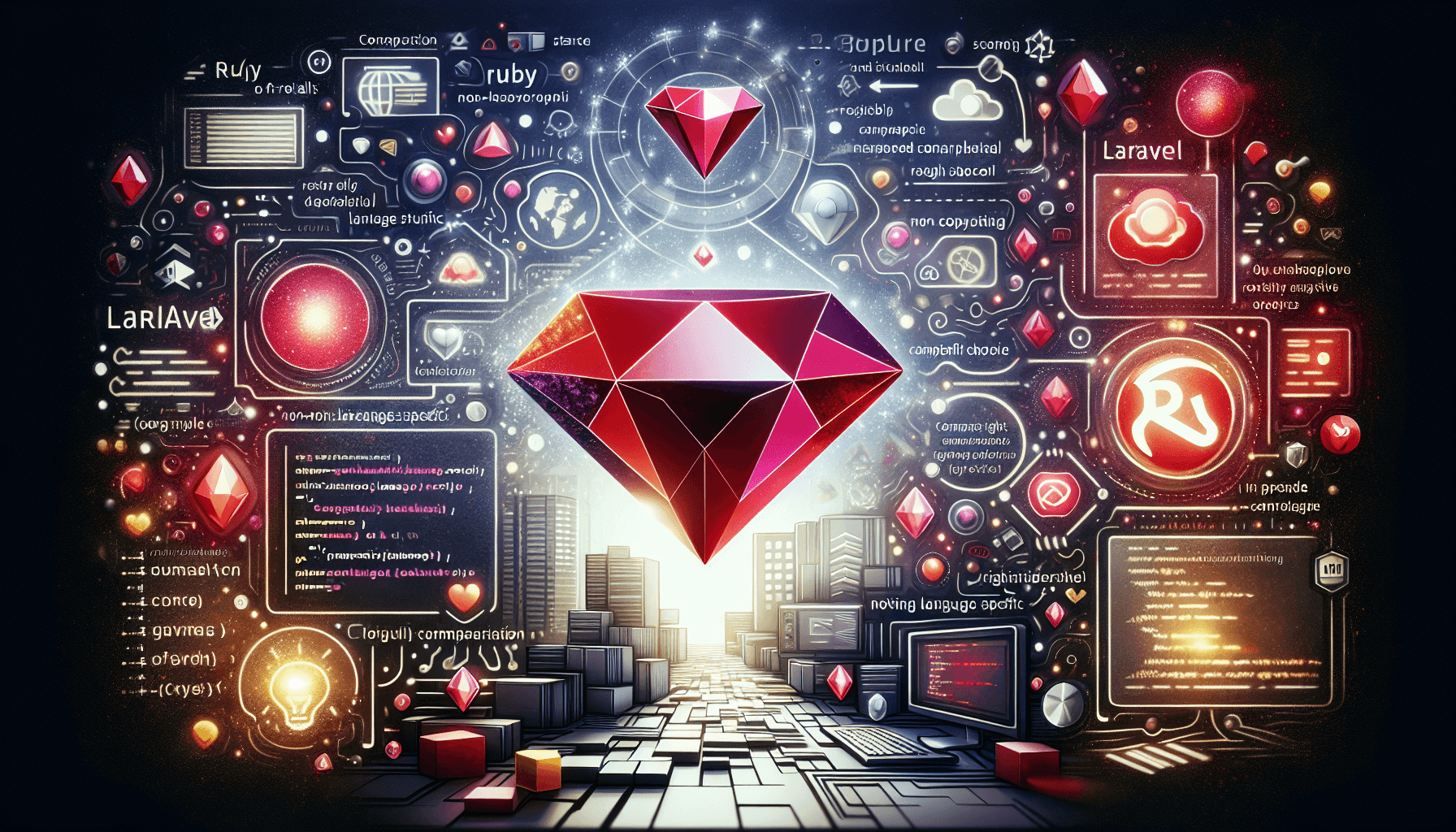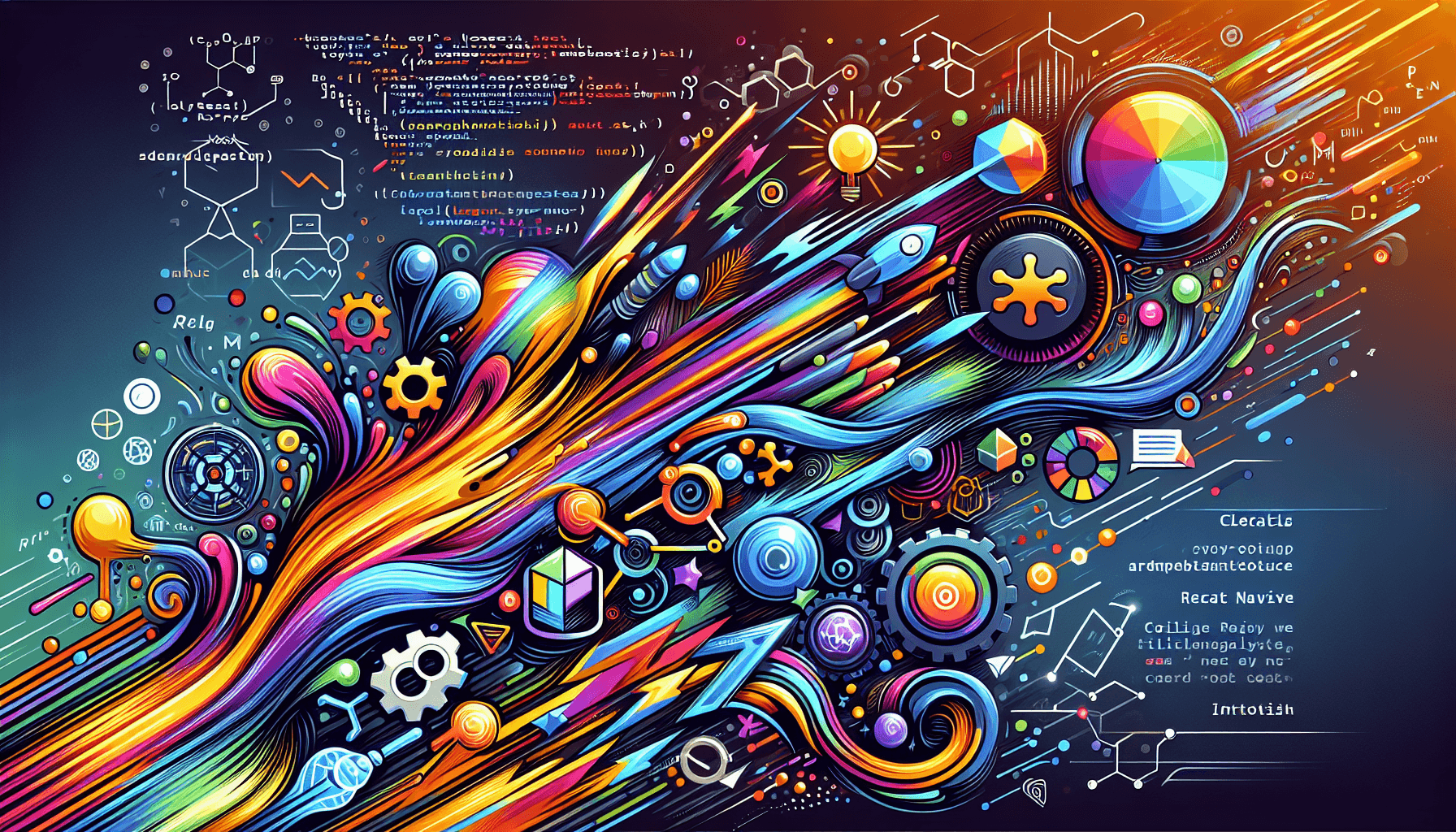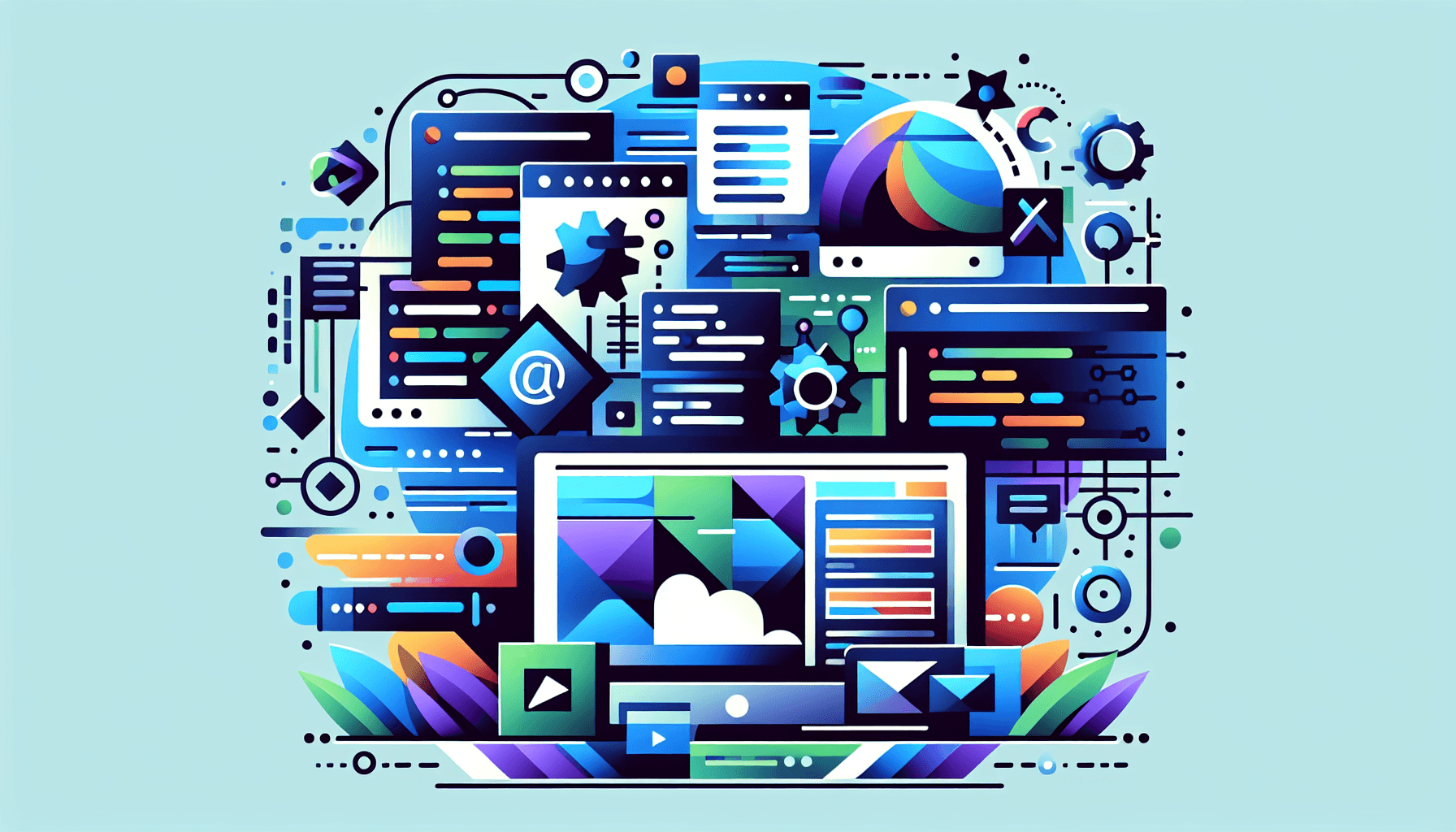2024-07-29
Ruby on Rails vs. Laravel: A Comprehensive Comparison for 2024
Dive into an in-depth comparison between Ruby on Rails and Laravel to discover which web application framework is the best fit for your next project in 2024. Explore their strengths, community support, learning curve, and more.

Ruby on Rails vs. Laravel: An In-Depth Comparison for 2024
When it comes to choosing a web application framework, developers often find themselves debating between Ruby on Rails (RoR) and Laravel. Both frameworks have their unique strengths and cater to different types of projects and developer preferences. In this comprehensive guide, we will dive into the core aspects of each framework, compare their pros and cons, and help you make an informed decision for your next software project.
Introduction to Ruby on Rails and Laravel
Ruby on Rails
Ruby on Rails, commonly referred to as Rails, is a server-side web application framework written in Ruby. It was created by David Heinemeier Hansson and released in 2004. Rails is known for its simplicity and speed of development, allowing developers to build applications quickly with its convention over configuration approach.
Laravel
Laravel, on the other hand, is a PHP-based web application framework created by Taylor Otwell in 2011. Laravel is renowned for its elegant syntax, extensive libraries, and robust community support. It aims to make the development process enjoyable for developers while providing powerful tools for building large-scale applications.
Community and Popularity
Ruby on Rails
Rails has a vibrant and active community that has contributed to its longevity and stability. The framework has a rich ecosystem of gems (libraries) that extend its functionality, and the community is known for its helpfulness and open-source contributions.
Laravel
Laravel boasts a large and growing community, thanks to the widespread use of PHP. The framework's popularity is also driven by its comprehensive documentation, extensive tutorials, and the availability of packages that simplify common tasks.
Learning Curve
Ruby on Rails
Rails is often praised for its ease of learning, especially for developers who are new to web development. The framework's conventions and the Ruby language's readability make it accessible for beginners. Rails also provides numerous built-in tools that streamline the development process.
Laravel
Laravel is also considered beginner-friendly, particularly for developers with a PHP background. The framework's intuitive syntax and extensive documentation make it easy to get started. Laravel's ecosystem includes tools like Laravel Forge and Laravel Vapor, which simplify deployment and server management.
Performance and Scalability
Ruby on Rails
Performance and scalability are critical factors for any web application. Rails is known for its ability to handle complex applications with ease. However, Ruby's performance can be a concern for some developers, especially when compared to other languages like Node.js.
Laravel
Laravel is built on PHP, which has seen significant performance improvements in recent years. Laravel applications can be optimized for performance using various caching mechanisms and optimization techniques. The framework's scalability is also enhanced by its support for microservices architecture.
Development Speed
Ruby on Rails
Rails is designed to prioritize developer productivity. Its convention over configuration philosophy means that developers spend less time setting up and configuring their applications. Rails' scaffolding feature allows for rapid prototyping and development.
Laravel
Laravel also emphasizes developer productivity with features like Eloquent ORM, Blade templating engine, and Artisan command-line tool. These tools enable developers to write clean and maintainable code quickly. Laravel's extensive library of packages further accelerates development.
Security
Ruby on Rails
Security is a top priority for Rails, which includes several built-in security features such as protection against SQL injection, cross-site scripting (XSS), and cross-site request forgery (CSRF). The Rails community is proactive in addressing security vulnerabilities and releasing timely updates.
Laravel
Laravel is also designed with security in mind. It provides protection against common security threats, including SQL injection, XSS, and CSRF. Laravel's authentication and authorization systems are robust and easy to implement, ensuring that applications are secure by default.
Suitability for Different Project Sizes
Ruby on Rails
Rails is well-suited for a wide range of projects, from small startups to large enterprise applications. Its flexibility and scalability make it a popular choice for rapidly growing companies. Rails has been used to build successful applications like GitHub, Shopify, and Basecamp.
Laravel
Laravel is equally versatile, catering to both small and large projects. Its modular architecture allows developers to build everything from simple websites to complex APIs and enterprise-level applications. Laravel's built-in tools for authentication, routing, and testing make it a reliable choice for various project sizes.
Conclusion
Choosing between Ruby on Rails and Laravel ultimately depends on your project's requirements, your team's expertise, and your personal preferences. Both frameworks offer powerful features, excellent community support, and the ability to build robust web applications.
- Rails is ideal for developers who prefer Ruby and want to take advantage of its conventions and rapid development capabilities.
- Laravel is a great choice for developers with a PHP background who appreciate elegant syntax and a rich ecosystem of tools and packages.
For more resources on web application development, check out TemplateHub.dev for a variety of templates and tools to kickstart your next project. Whether you choose Ruby on Rails or Laravel, having the right template can significantly speed up your development process.



